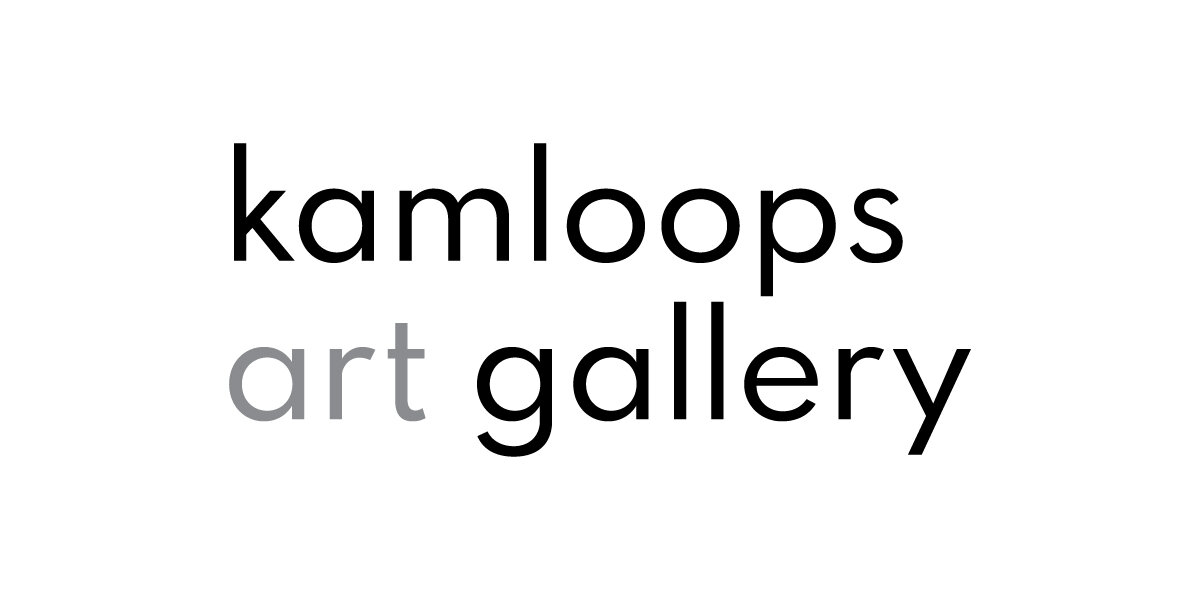Unconventional Collage
SCHOOL PROGRAM LESSON PLAN – K to 3
Unconventional Collage
Final Project Description:
Narrative image of student’s own design, created using their chosen method of alternative collage.
Description:
Students will learn about three methods of alternative collage, as used by artists Vikky Alexander, Jiri Kolar and Roy Arden in the exhibition. Through discussion, students will learn about the concepts of superimposition and juxtaposition, contrast and emphasis, and about the importance of selection and elimination in creating a collage. Selecting the method of their choice, they will create a collage that tells a story.
Theory (taken from the BC Curriculum PLOs)
Students will:
Create images that use contrast and emphasis through juxtaposition and superimposition
Create 2D images to communicate stories
Apply the image-development strategy of repetition
Use speaking and listening to make connections and complete a task
Creation & Analysis:
Review works in the exhibition by artists Vikky Alexander, Roy Arden and Jiri Kolar (use the colour reproductions in the resource files). How do the methods of collage used by these artists differ?
Vikky Alexander Heike’s Room (2004)
Alexander begins with an interior space cut from a lifestyle magazine. She then works into the image, using origami paper for the floor, faux-wood shelving paper for the wall, floral pattern from a dress to cover the couch, a scene from an outdoor magazine for the window, etc. Once completed, her “renovated interior” has lost all light and shadow. Why do you think she does this? Does this change the way we “read” the image? Does this living room feel warm/welcoming; cold/threatening; strange/unsettling? Discuss.
Roy Arden The Terrible One (2007)
Arden has been collecting images for many years, and has accumulated over 28,000 in his digital archives. Loosely grouped around forms, themes, and categories, Roy’s collages speak to our society’s organizational systems – specifically, the archive. With The Terrible One, Roy has created a large collage of multiple images of the combustion engine. How is the effect of an image changed with repetition? Is this image more powerful than a single image of an engine? What kinds of stories can you tell by showing one item repeated many times over?
Jiri Kolar Self Portrait (1981)
Kolar worked extensively with collage, and invented many new techniques within the medium: confrontage, froissage and rollage. The method of “froissage” is what was used to create the work in the exhibition. He would take an image, crumple it up, and then smooth it back out, retaining some of the folds to create a new image. What kind of message does it send to create a self-portrait with this method? What kinds of stories can be told with this method?
Have three stations set up: Vikky/Roy/Jiri. Ask the students to think of a story that they want to tell, and to choose the method that they think is best able to tell that story. If time allows, students should take the opportunity to try more than one method, and compare how each method conveys their message.
Review – what did they learn? What were they surprised by? Spend some time looking at each others work and discussing.
Duration:
60 minutes in the studio: 10 minutes on approach, 40 minutes on collage, 10 minutes for wrap up and discussion or look at other’s work to end class.
Materials:
Stonehenge ½ sheets
Scissors
Glue sticks
Clear & coloured tape
Markers
Magazine images
Coloured paper
Look & Discuss:
Relate the activity back to the works in the exhibition. Does this activity help students understand how artists use collage to relate a narrative? Do they have an understanding of collage processes? Do they understand the terms: juxtaposition, superimposition, contrast, and emphasis?
Prep:
Set up three different collage stations: Lifestyle magazines and different coloured paper for Vikky; Stacks of themed groupings for Roy; National Geographic and the like for Jiri.
Provide students with paper, scissors, glue, tape, and markers
Have examples of Vikky, Roy, and Jiri’s work ready to show
Make sure students write their name on the back of their work!!
Take it further:
Ask students to look at each other’s work at the end of class to see how other students approached their project. How are they similar? How are they different? What kinds of things do artists pay attention to and why might they do this? Ask some prompting questions and get kids to share their ideas.
